Home>Renovation & DIY>Tools & Equipment>How To Organize A Tool Bag
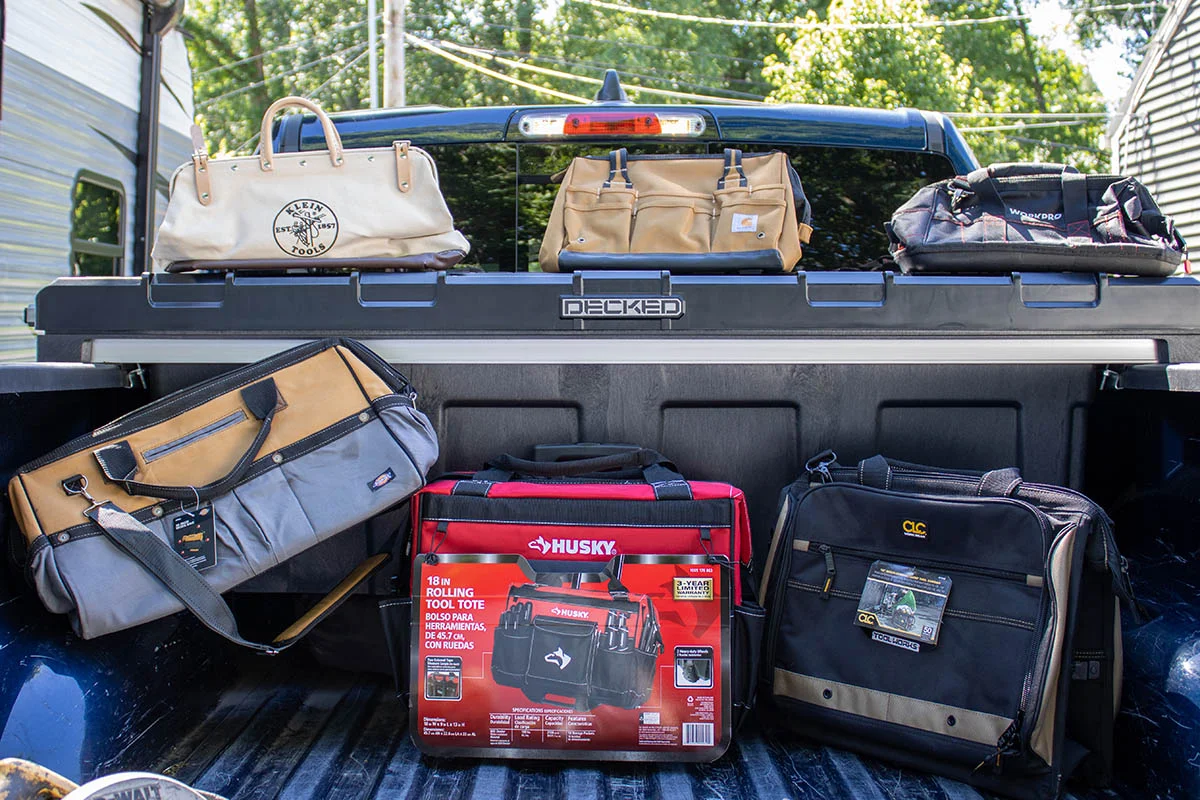

Tools & Equipment
How To Organize A Tool Bag
Published: March 2, 2024
Learn how to efficiently organize your tools and equipment with our comprehensive guide. Find practical tips and ideas to keep your tool bag tidy and accessible.
(Many of the links in this article redirect to a specific reviewed product. Your purchase of these products through affiliate links helps to generate commission for Storables.com, at no extra cost. Learn more)
Introduction
Are you tired of rummaging through a messy tool bag every time you need a specific tool? Organizing your tool bag can save you time and frustration, making your DIY projects more efficient and enjoyable. In this article, we'll explore the best practices for organizing a tool bag, from choosing the right bag to sorting and categorizing your tools, proper tool placement, and maintenance. By the end, you'll be equipped with the knowledge to keep your tools in order and ready for action.
Key Takeaways:
- Choose a durable, weather-resistant tool bag with plenty of pockets and compartments to keep your tools organized and easily accessible. Consider portability and size to fit all your essential tools without being too bulky.
- Sort and categorize your tools based on functionality, use labels and markers for easy identification, and place frequently used tools in accessible areas. Regularly inspect, clean, and maintain your tool bag and tools to ensure efficiency and longevity.
Read more: How To Organize A Diaper Bag
Choosing the Right Tool Bag
When it comes to organizing your tools, the first step is to choose the right tool bag. Here are some factors to consider when selecting the perfect tool bag for your needs:
-
Size and Capacity: Assess the number and size of the tools you need to carry. Ensure that the tool bag has enough room to accommodate all your essential tools without being too bulky or heavy to carry around.
-
Durability: Look for a tool bag made from sturdy materials such as heavy-duty canvas or reinforced nylon. The bag should be able to withstand the weight of the tools and any potential wear and tear.
-
Organization Features: Opt for a tool bag with multiple pockets, compartments, and loops. This will help you keep your tools neatly organized and easily accessible when you need them.
-
Portability: Consider how you will be transporting the tool bag. If you need to carry it over long distances, look for features such as padded shoulder straps or a comfortable handle for easy carrying.
-
Weather Resistance: If you often work outdoors or in challenging environments, choose a tool bag that is water-resistant or has weatherproofing features to protect your tools from the elements.
By carefully considering these factors, you can select a tool bag that suits your specific needs and sets the foundation for effective tool organization.
Sorting and Categorizing Tools
Sorting and categorizing your tools is essential for efficient organization. Here's how to tackle this crucial step:
-
Assess Your Tools: Start by laying out all your tools and assessing each one. Determine their frequency of use and the specific tasks they are designed for. This will help you prioritize and categorize them effectively.
-
Create Categories: Once you've assessed your tools, create categories based on their functionality. For example, you might have categories such as cutting tools, fastening tools, measuring tools, and so on. This will make it easier to locate the right tool when needed.
-
Use Labels and Markers: To further enhance organization, consider using labels or markers to identify each tool and its designated category. This visual cue will streamline the process of returning tools to their proper places after use.
-
Utilize Compartmentalization: If your tool bag has multiple compartments or pockets, assign specific categories of tools to each one. This will prevent tools from becoming jumbled together and make it easier to find what you need quickly.
-
Consider Tool Frequency: Place frequently used tools in easily accessible areas within the tool bag. This ensures that the tools you use most often are readily available, saving you time and effort during projects.
By sorting and categorizing your tools in a systematic manner, you'll create a well-organized system that simplifies the retrieval and storage of your tools, ultimately enhancing your overall efficiency.
Use a tool bag with multiple compartments to keep tools organized and easily accessible. Group similar tools together and use pouches or small containers for smaller items. Keep frequently used tools in the front pockets for quick access.
Proper Tool Placement
Proper tool placement is crucial for maintaining an organized tool bag. Once you have sorted and categorized your tools, it's time to focus on their placement within the bag. Here are some tips for ensuring the proper tool placement:
-
Utilize Pockets and Compartments: Take advantage of the various pockets and compartments in your tool bag. Assign specific tools to each pocket based on their category. For example, place cutting tools in one pocket, fastening tools in another, and so on. This not only keeps the tools organized but also makes them easily accessible when needed.
-
Secure Larger Tools: Larger tools such as hammers or wrenches should be securely placed in the main compartment of the tool bag. Consider using built-in loops or straps to keep these tools in place and prevent them from shifting around during transportation.
-
Protective Measures: To prevent damage to your tools and ensure safety, consider using protective covers or sheaths for sharp or delicate tools. This extra layer of protection not only keeps the tools in good condition but also minimizes the risk of accidental injuries when reaching into the bag.
-
Weight Distribution: Distribute the weight of the tools evenly within the bag to maintain balance and ease of carrying. Heavier tools should be placed at the bottom of the bag, while lighter and more frequently used tools can be positioned towards the top for quick access.
-
Accessibility: Arrange the tools in a way that ensures easy access during projects. Tools that are used most frequently should be placed in the most accessible pockets or compartments, while those used less often can be positioned towards the periphery of the bag.
By paying attention to proper tool placement, you can create an efficient and user-friendly system within your tool bag. This not only saves time during projects but also contributes to the longevity of your tools by preventing unnecessary wear and damage.
Maintenance and Regular Check-Up
Regular maintenance and check-ups are essential for preserving the organization and functionality of your tool bag. Here's how to ensure that your tools remain in top condition and your tool bag stays well-organized:
-
Scheduled Inspections: Set a regular schedule for inspecting your tool bag and its contents. This could be weekly, monthly, or based on your frequency of use. During these inspections, assess the organization of the tools, check for any signs of wear or damage, and ensure that everything is in its designated place.
-
Tool Cleaning: Regularly clean your tools to prevent the buildup of dirt, rust, or debris. Wipe down metal tools with a clean cloth and a mild solvent to remove any accumulated grime. For cutting tools, such as saws or blades, ensure they are free from any residue that could affect their performance.
-
Inventory Assessment: Periodically review the tools in your bag to ensure that you have all the necessary items and that none are missing or misplaced. This helps you stay organized and allows you to replenish any tools that may be running low or need replacement.
-
Repair and Replacement: If you notice any damaged or worn-out tools during your inspections, take the necessary steps to repair or replace them. This could involve sharpening blades, replacing worn-out parts, or investing in new tools to maintain the efficiency of your tool collection.
-
Bag Maintenance: In addition to the tools, pay attention to the condition of the tool bag itself. Check for any tears, loose stitching, or damaged zippers. Address any issues promptly to prevent further damage and ensure that the bag continues to provide adequate protection and organization for your tools.
-
Reorganization as Needed: As your tool collection evolves or your project requirements change, be prepared to reorganize your tool bag accordingly. This may involve adjusting the placement of tools, adding new compartments, or re-categorizing items to better suit your current needs.
By incorporating regular maintenance and check-ups into your routine, you can prolong the lifespan of your tools, maintain a well-organized tool bag, and ensure that you are always prepared for your DIY and home improvement projects.
Frequently Asked Questions about How To Organize A Tool Bag
Was this page helpful?
At Storables.com, we guarantee accurate and reliable information. Our content, validated by Expert Board Contributors, is crafted following stringent Editorial Policies. We're committed to providing you with well-researched, expert-backed insights for all your informational needs.

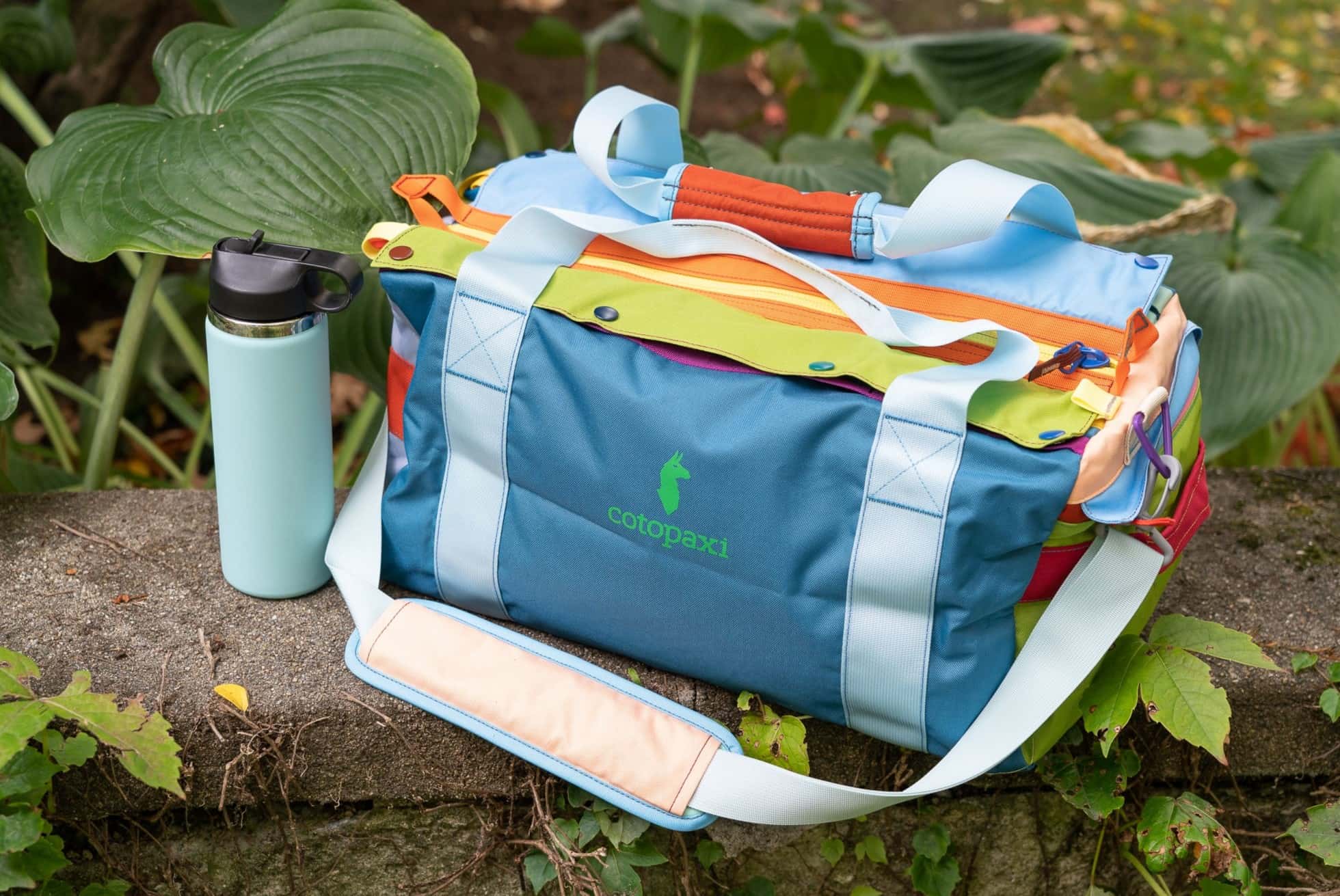

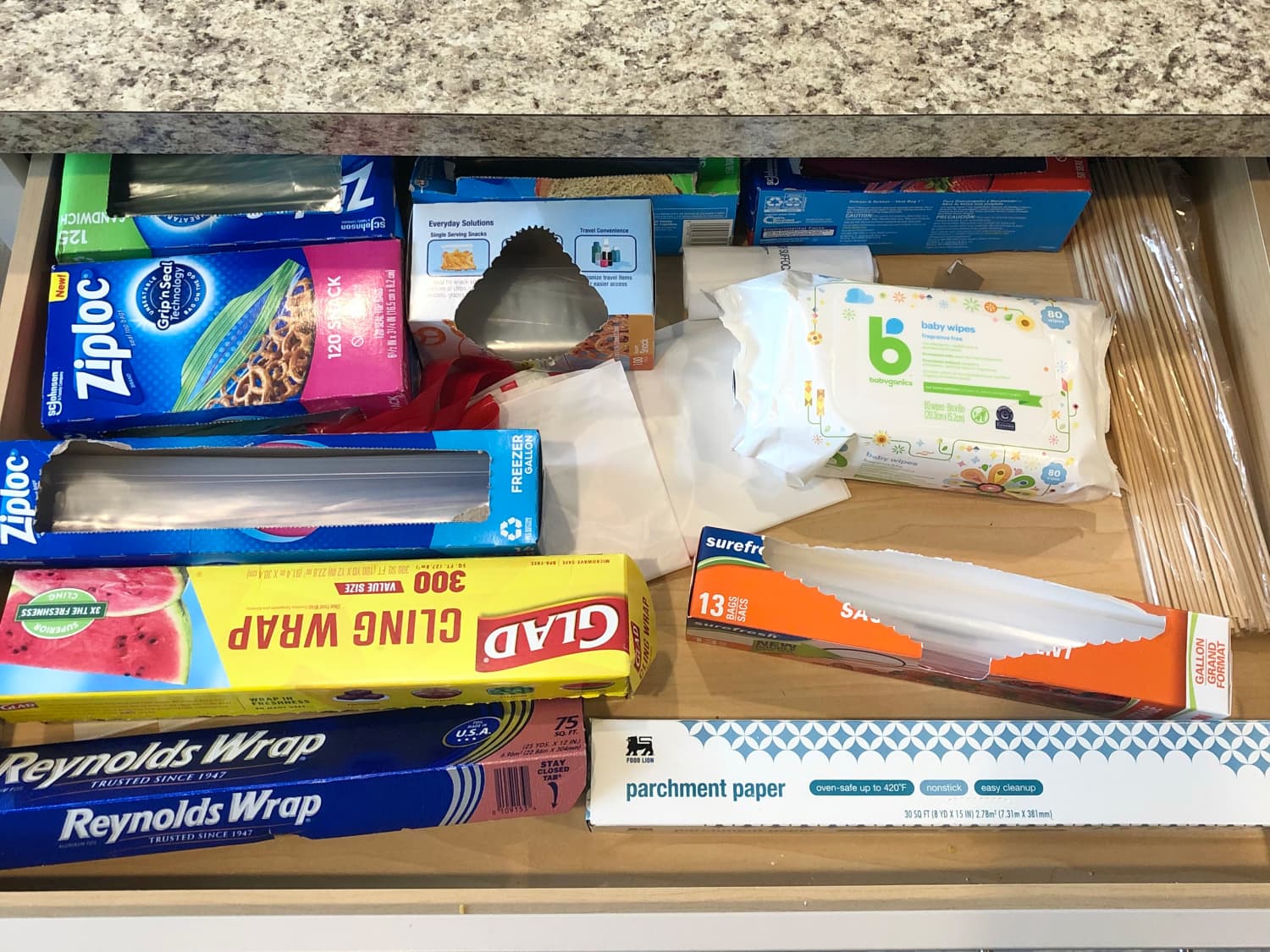


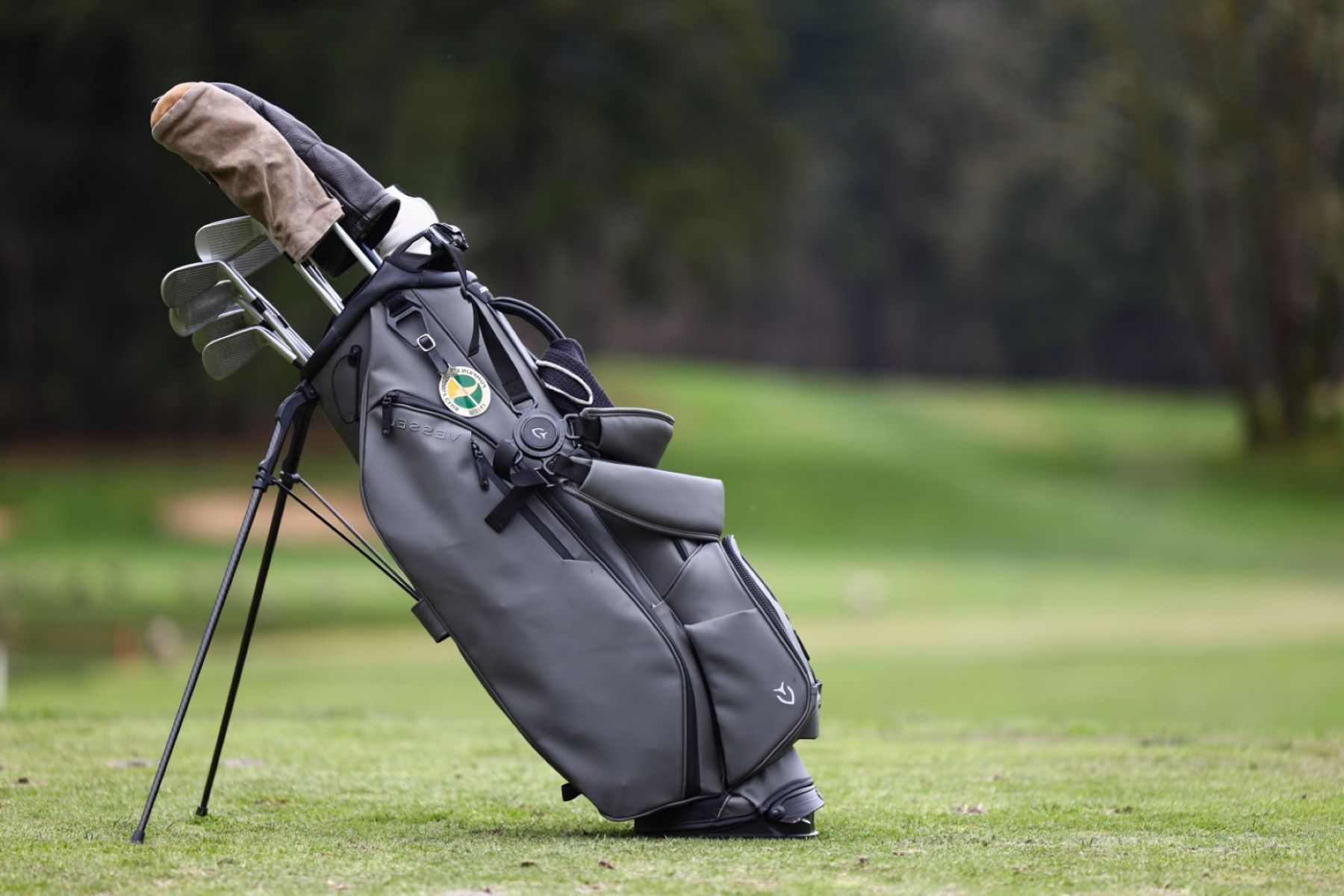
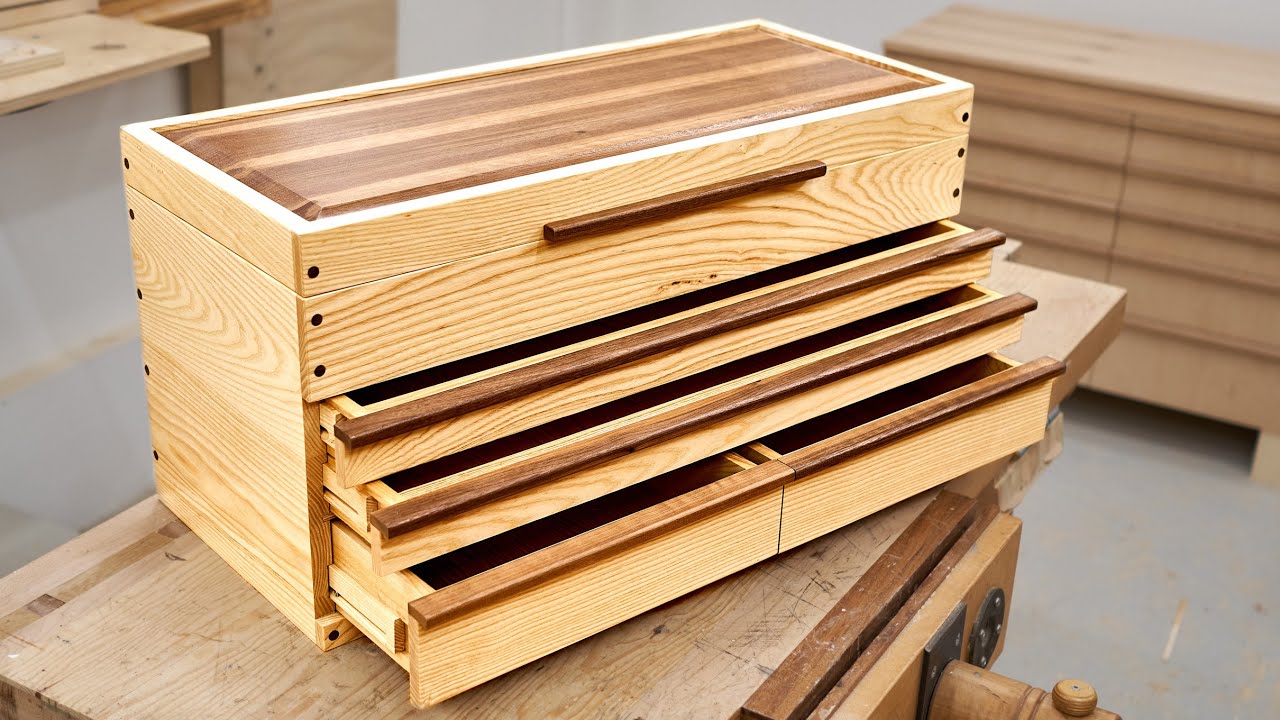
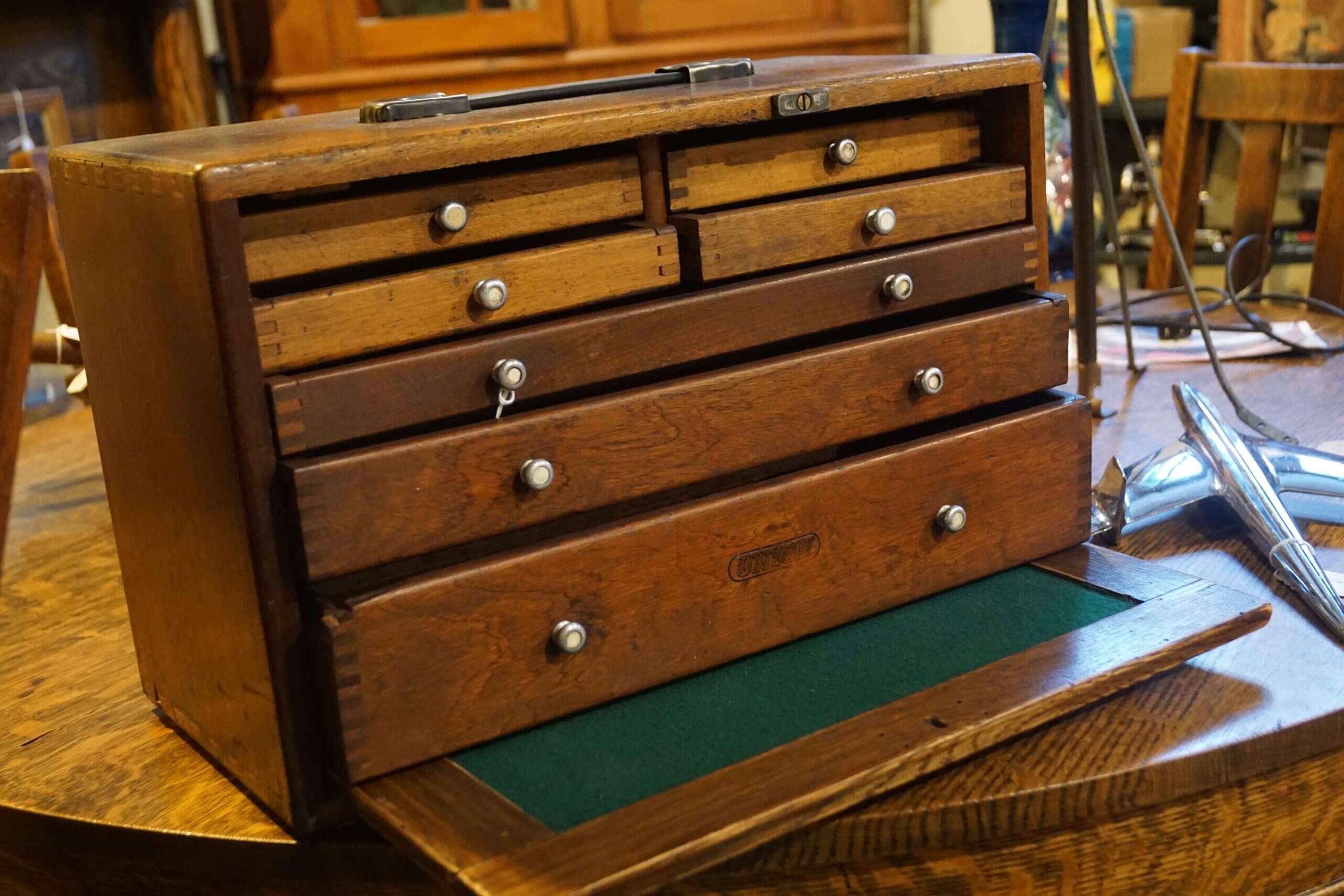
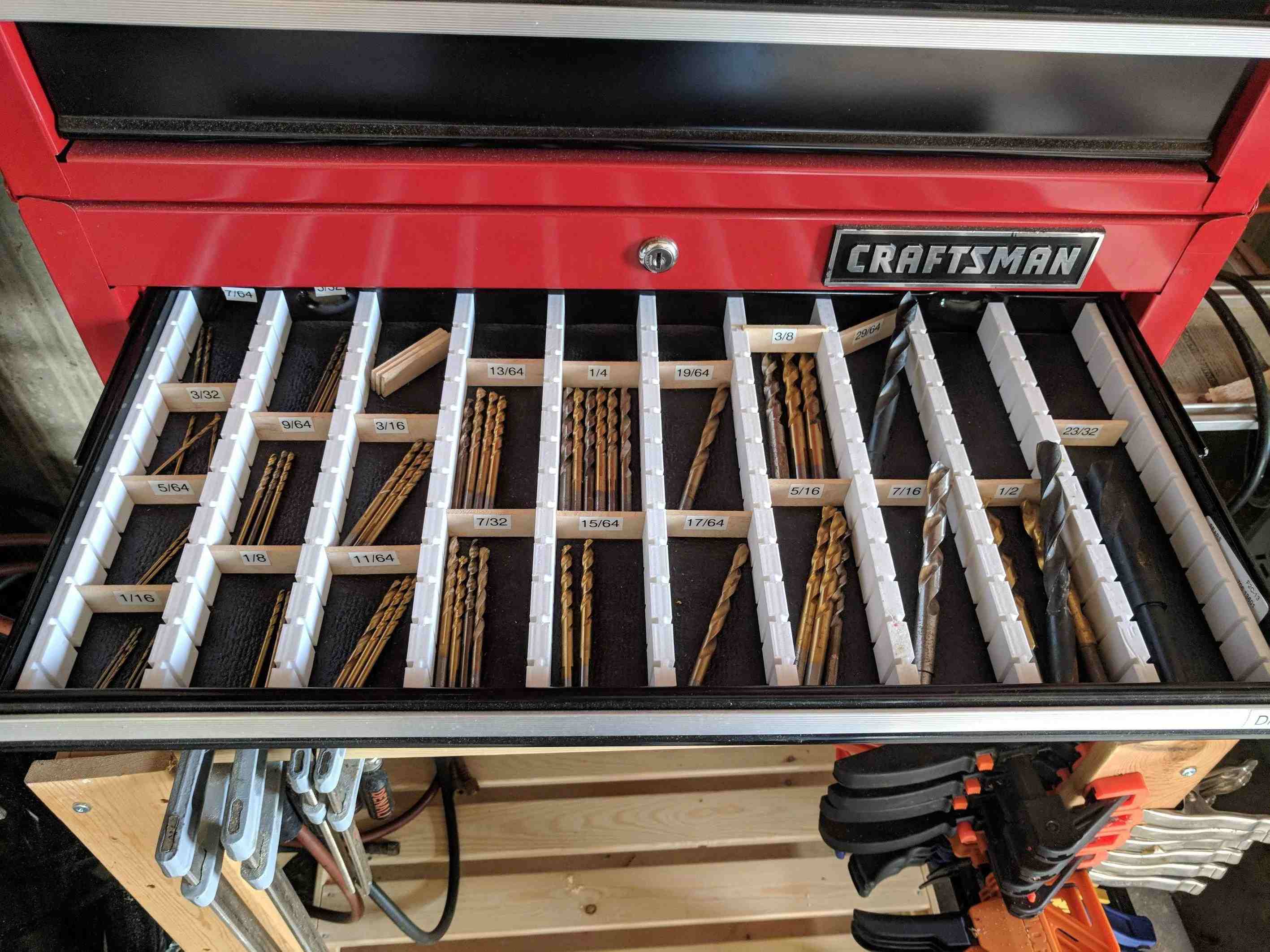
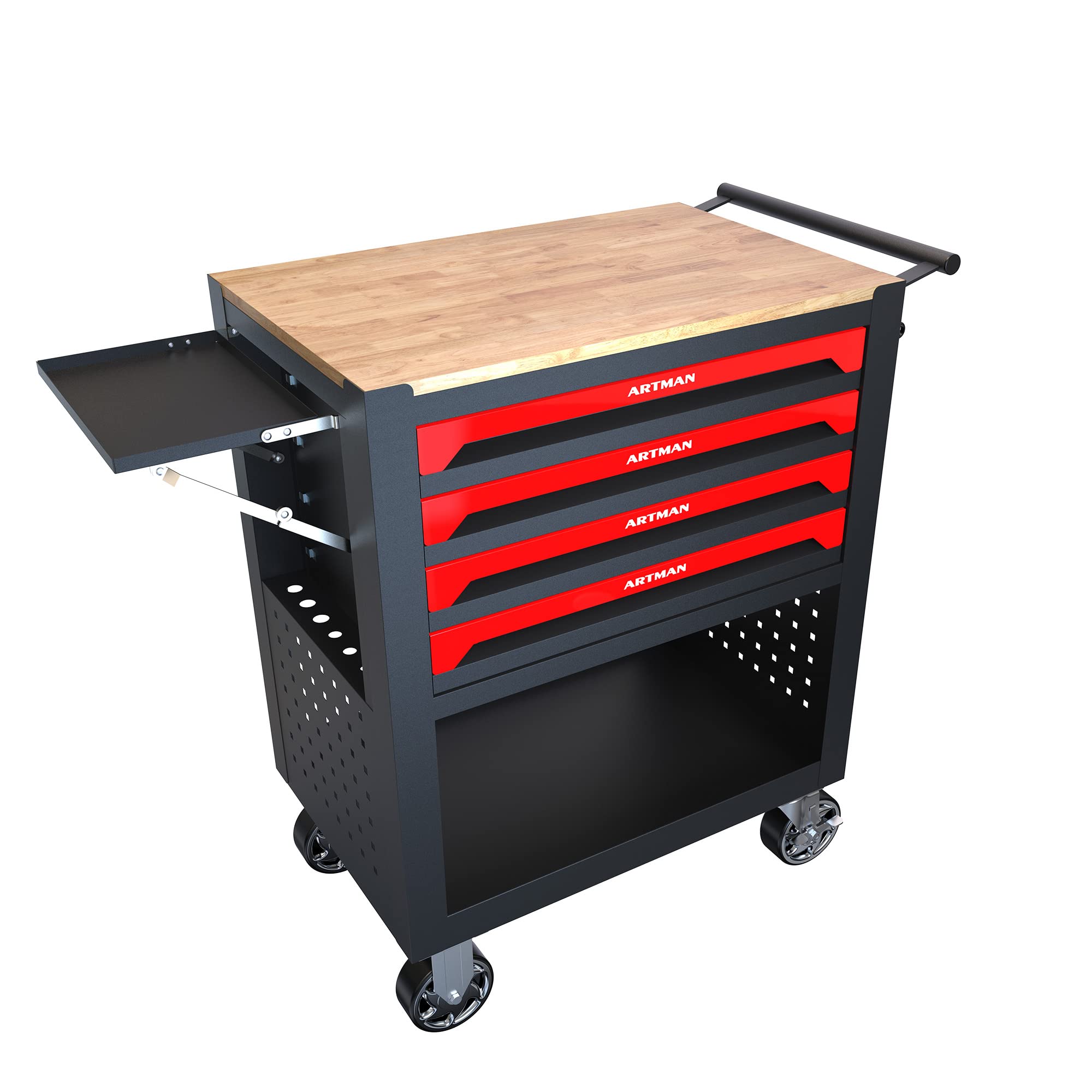
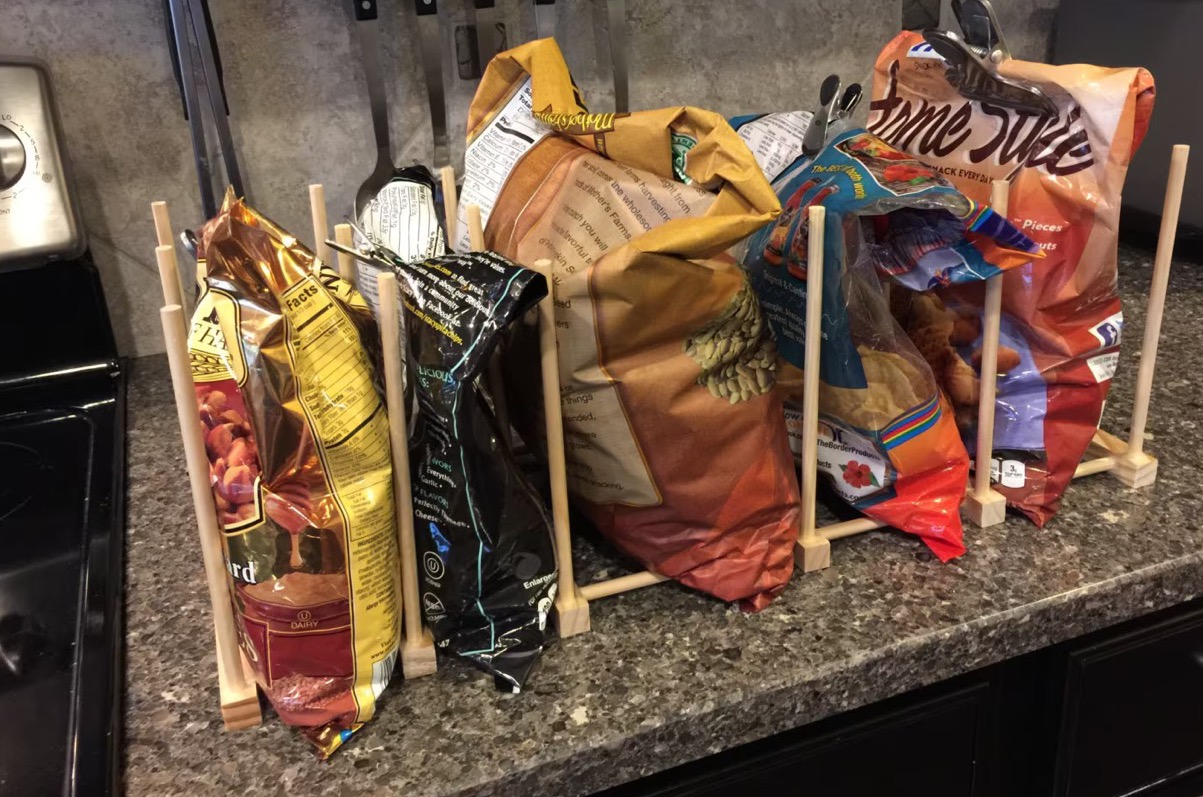
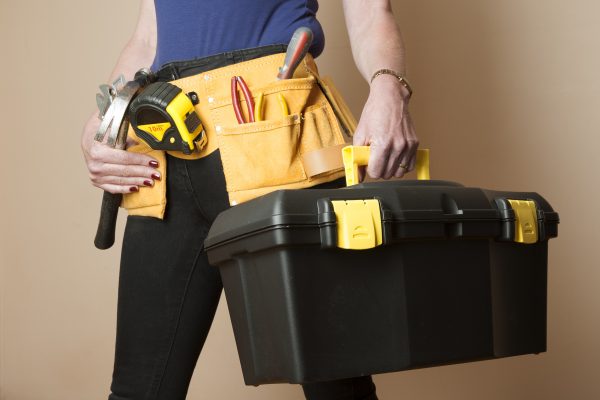

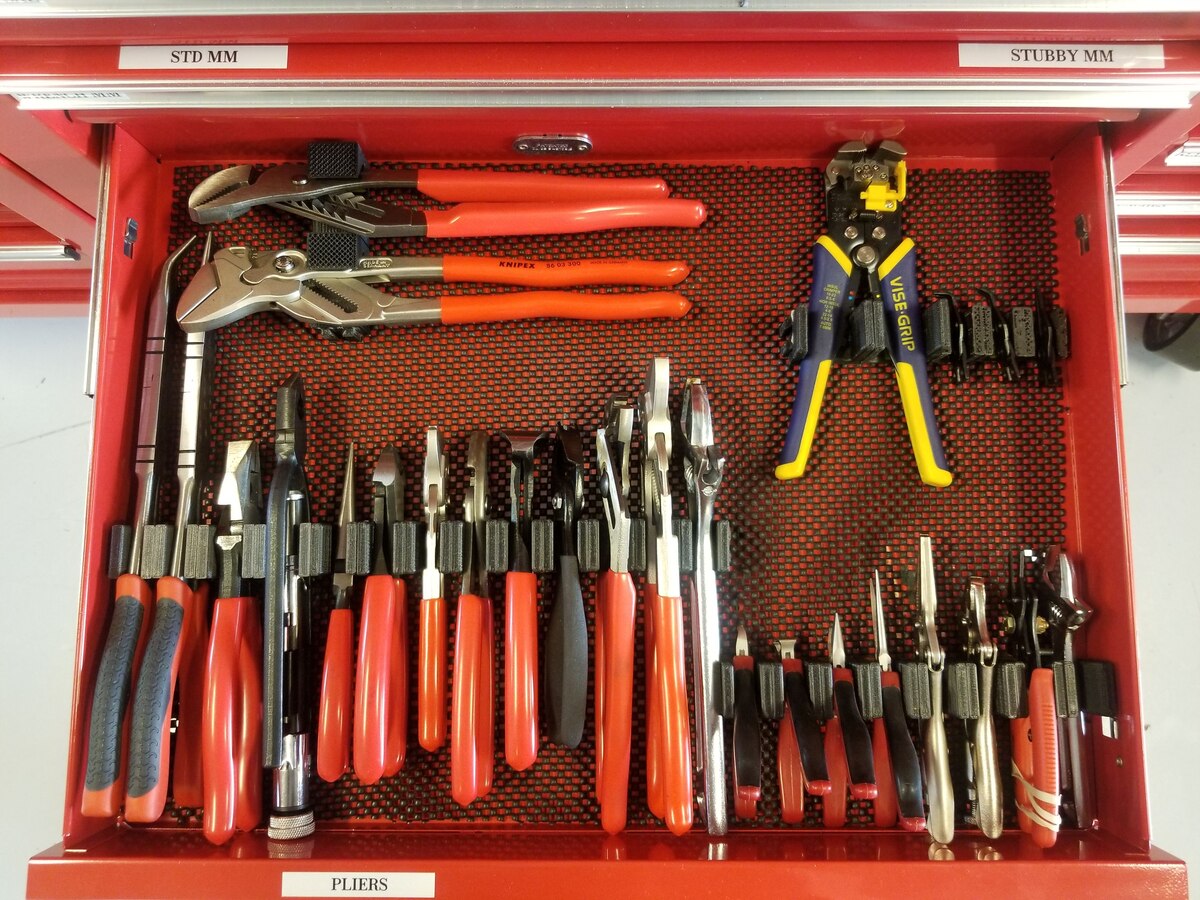

0 thoughts on “How To Organize A Tool Bag”